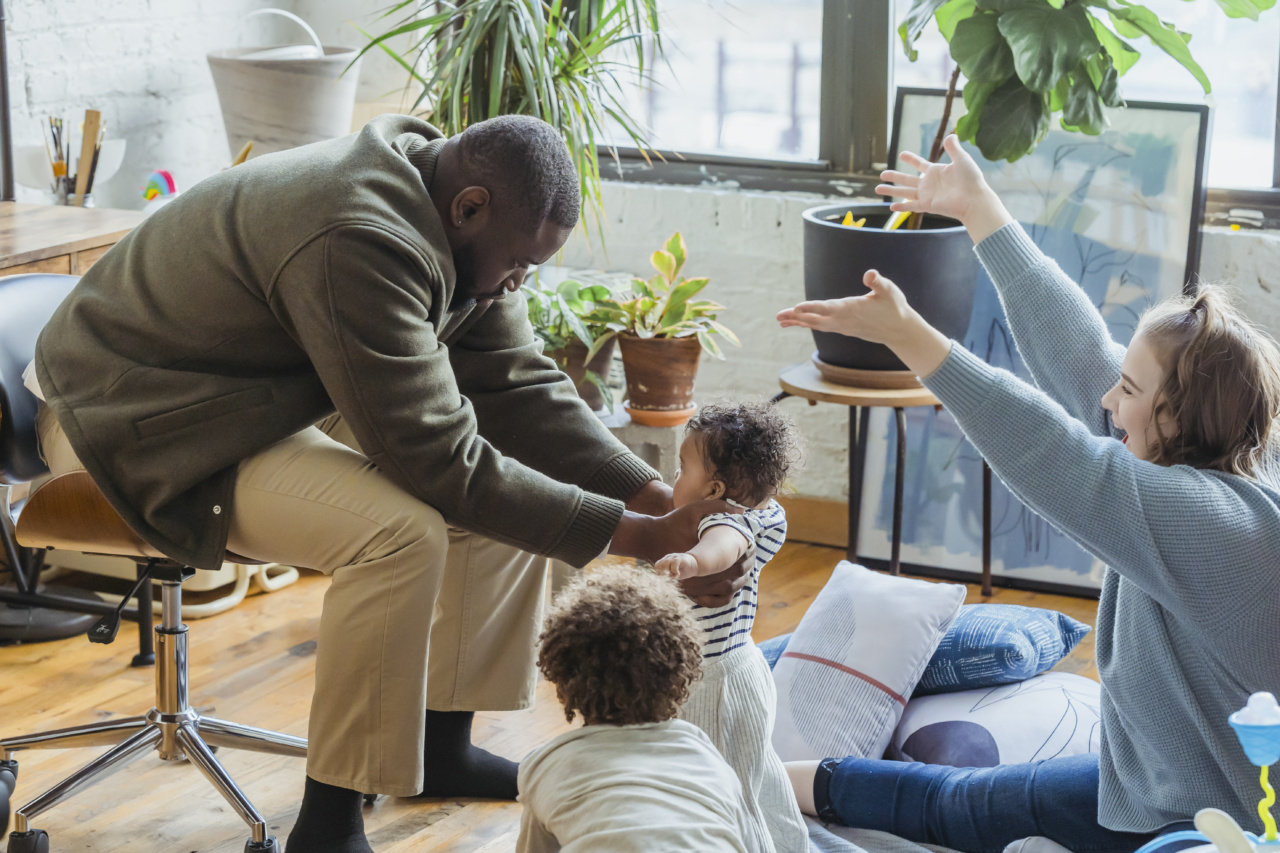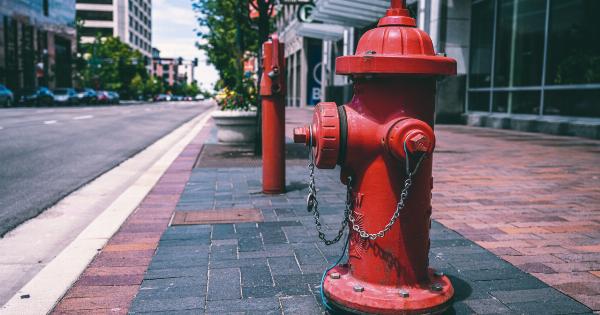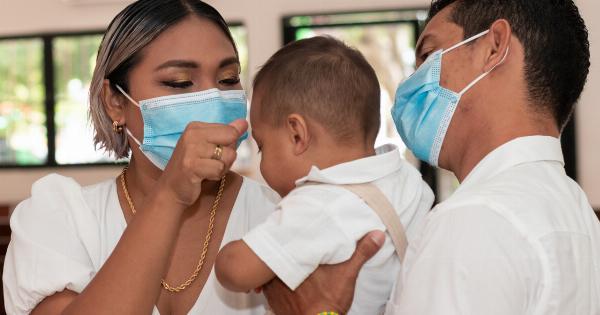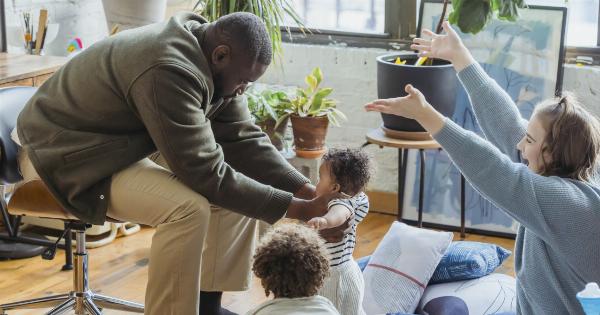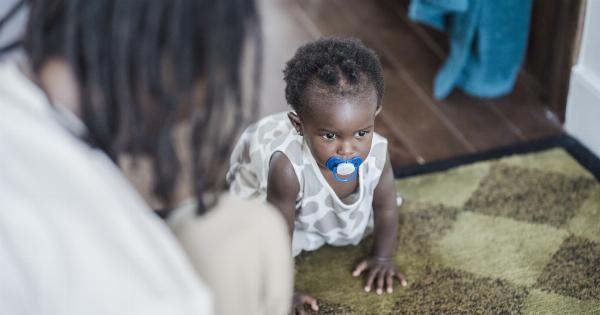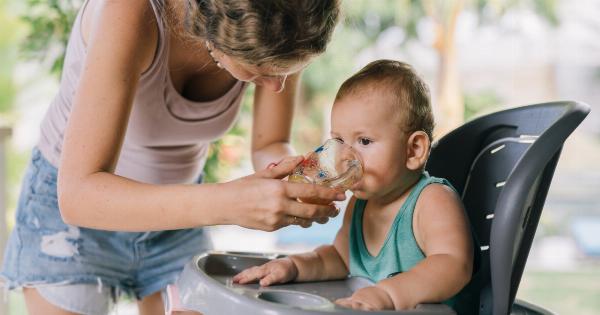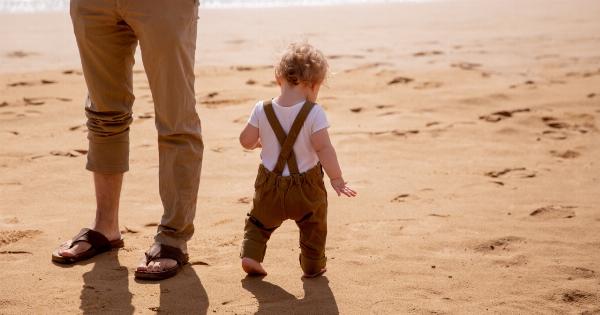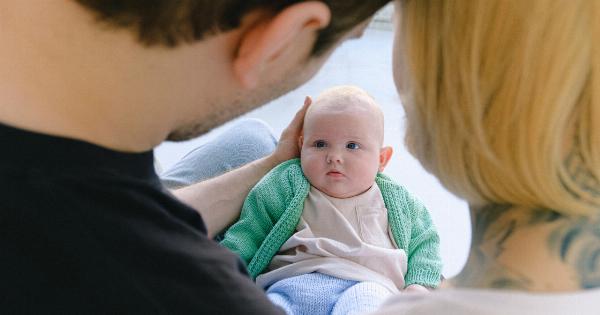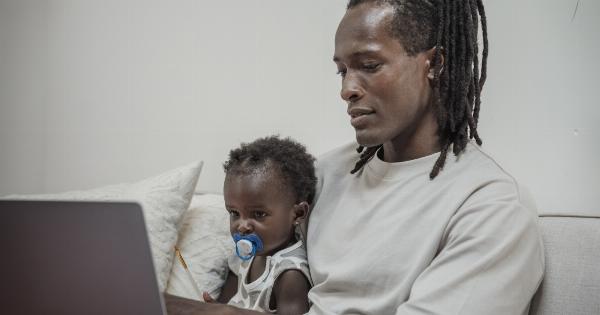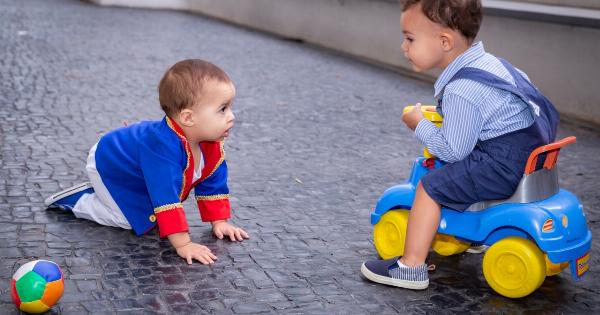Before your baby starts learning to walk, it is crucial to baby-proof your home to ensure their safety. Take the following measures:.
● Remove any sharp objects or items that can be choking hazards from the baby’s reach. ● Install safety gates at the top and bottom of stairs to prevent falls. ● Cover electrical outlets and secure cords and wires out of reach. ● Fasten furniture, such as shelving or TV stands, to the wall to prevent tipping over. ● Put corner protectors or cushioning on sharp edges of furniture to prevent injuries if your baby stumbles into them. ● Keep small objects, plastic bags, and medications out of reach.
Step 2: Choose the Right Footwear
Choosing the right shoes for your baby is important during their learning to walk phase. Follow these tips:.
● Opt for lightweight and flexible shoes that provide ample support and freedom of movement. ● Look for shoes with non-slip soles to prevent slipping accidents. ● Measure your baby’s feet regularly as their size can change quickly. ● Avoid shoes with laces or buckles that can become tripping hazards. Instead, choose those with Velcro straps or elastic openings for easy wear and removal.
Step 3: Encourage Barefoot Time
Allowing your baby to spend some time barefoot is beneficial for their foot development. Here’s why:.
● Walking barefoot helps babies develop their balance and coordination. ● It allows their feet to strengthen naturally. ● Sensory feedback is enhanced when their feet make direct contact with the ground. ● They can enjoy the texture and feel of various surfaces while walking, promoting better sensory development.
Step 4: Guide and Assist Your Baby
During the learning to walk phase, your baby will need your support and guidance. Here’s how you can help:.
● Hold your baby’s hands or fingers while they take their first steps, providing them with stability and confidence. ● Avoid pulling their arms or lifting them too much, as they need to learn to balance on their own. ● Give them space and freedom to explore and try walking independently. ● Create a safe and clear path with no obstacles for them to navigate through. ● Praise and encourage your baby’s efforts, even if they stumble or fall.
Step 5: Practice Tummy Time
Before babies can walk, they need to develop their core strength through activities like tummy time. These benefits of tummy time are crucial:.
● Tummy time helps babies develop their neck, back, and shoulder muscles, which are essential for crawling and walking. ● It facilitates better head control, helping babies maintain their balance while walking. ● Tummy time encourages babies to push up, roll over, and eventually sit up and stand.
Step 6: Keep a Close Eye
While your baby is learning to walk, it’s important to supervise them closely to ensure their safety. Here are some tips for keeping a watchful eye:.
● Stay within arm’s reach to react quickly if they trip or fall. ● Observe their movements and look for any signs of discomfort or difficulty that may require medical attention. ● Be present during their practice sessions to ensure they don’t attempt unsafe actions or reach hazardous objects. ● Avoid multitasking or getting distracted, focusing solely on your baby’s walking progress.
Step 7: Create a Soft Landing Zone
Despite your best efforts, falls are inevitable during the early stages of learning to walk. Creating a soft landing zone can minimize potential injuries. Here’s how:.
● Place a foam play mat or soft carpeting in the area where your baby practices walking. ● Provide a cushioned landing surface in case they lose their balance or stumble. ● Remove any hard or sharp objects from the immediate surroundings to minimize the risk of injury.
Step 8: Introduce Push Toys and Walkers
Push toys and walkers can assist your baby in developing their walking skills. Follow these tips for their safe use:.
● Ensure the push toy or walker is stable and doesn’t tip easily. ● Make sure it has a wide base and secure wheels for better stability and balance. ● Keep your baby away from stairs, uneven surfaces, or dangerous areas while using a walker or push toy. ● Supervise your baby closely during playtime to prevent accidents or collisions with objects or furniture.
Step 9: Be Patient
Learning to walk is an important milestone, but every baby progresses at their own pace. Remember to be patient and supportive throughout the process. Here’s why it’s important:.
● Babies learn at different rates, and some may take more time to gain confidence and stability while walking. ● Avoid comparing your baby’s progress with others, as each child is unique. ● Focus on celebrating small achievements and progress rather than solely the end goal.
Step 10: Celebrate and Encourage Independence
As your baby gains confidence and becomes more stable while walking, it’s essential to celebrate their accomplishments and encourage their independence. Here are some tips:.
● Praise and acknowledge their progress, no matter how small. ● Allow your baby to explore their surroundings without constant support or assistance. ● Encourage them to take steps independently, offering reassurance and applause. ● Provide age-appropriate toys and activities that promote walking and physical development.
